



Climate change is severely impacting wildlife through habitat loss, altered migration patterns, and population declines, especially in sensitive regions like the Himalayas.
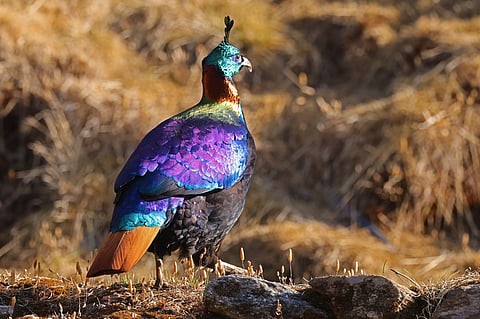
Copyright infringement not intended
Picture Courtesy: Down to Earth
Climate change is driving cold-adapted Himalayan species like musk deer, pheasants, and snow trout to higher altitudes, causing habitat loss in a phenomenon known as "altitude squeeze."
1. Habitat Loss: Climate change is dramatically altering natural ecosystems, leading to widespread habitat loss. Rising temperatures and shifting rainfall patterns are transforming landscapes, which has caused a severe reduction in habitat for species like polar bears, walruses, and seals.
Consequence: Relocation to unfamiliar areas where resources are limited.
2. Habitat Fragmentation: Fragmentation of remaining habitats creates smaller, isolated patches.
Consequence: Restrict animal movement, reduce access to mates and food, and heighten vulnerability to predators.
3. Disruption of Migration: Climate change is altering the environmental cues—such as temperature, day length, and food availability—that trigger migration in birds, fish, butterflies, and marine mammals.
Consequences: Migration happening earlier than usual, sometimes by several weeks, which can cause a mismatch with the availability of food and suitable breeding conditions.
4. Declining Wildlife Populations: The combination of rising temperatures, habitat changes, and shifting migration patterns is leading to population declines in a wide range of species.
Consequences: Disruption of ecological balance, weaken biodiversity, and diminish the services that ecosystems provide.
Significance: These ruling places a constitutional obligation on the government to implement policies and actions that mitigate climate change and protect citizens' health, livelihoods, and environment.
Significance: This reinforces the idea that nature itself has intrinsic rights and must be protected, not merely for human benefit but as an ethical responsibility.
Climate change poses serious threats to wildlife through habitat loss, altered migration patterns, and declining populations. However, with targeted actions—such as reducing emissions, protecting and restoring habitats, supporting conservation, and implementing national strategies like India’s NAPCC, there is hope for adapting to and mitigating these impacts.
Source: Down to Earth
|
Practice Question Q. Discuss the major impacts of climate change on wildlife and evaluate the strategies being implemented in India to mitigate these effects. |
‘Altitude squeeze’ refers to species being forced to move upslope due to rising temperatures.
Changing environmental cues, such as earlier springs or warmer temperatures, are disrupting migration timing and routes.
India is addressing climate change through:
Conservation missions like the National Solar Mission and Green India Mission
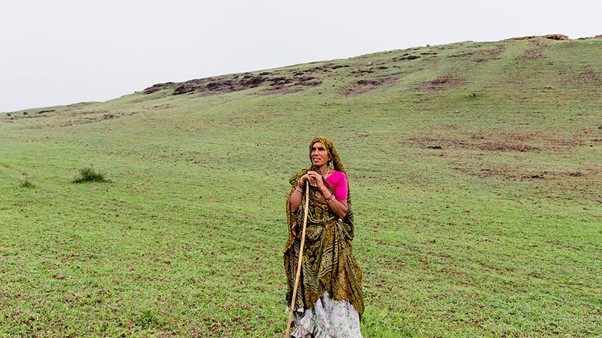
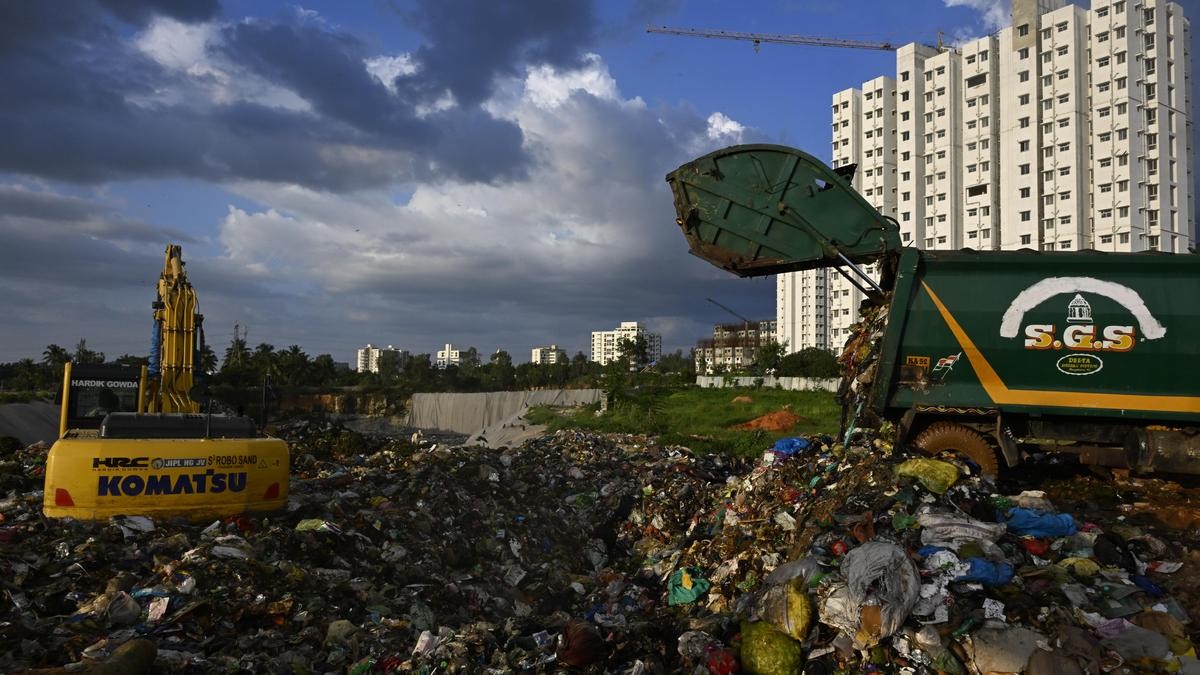
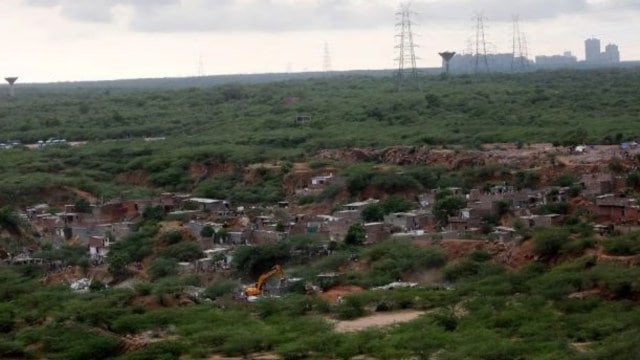
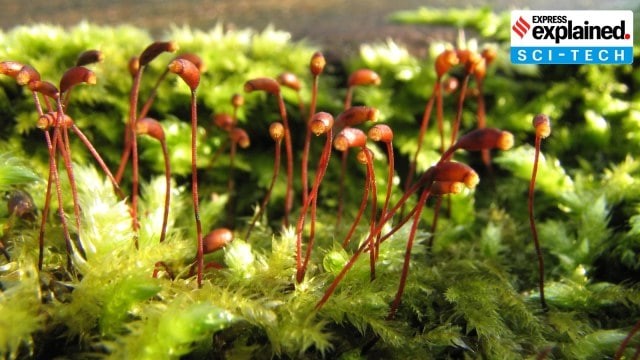
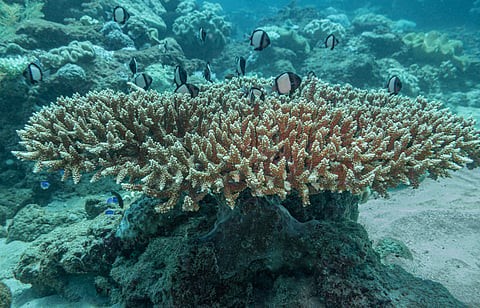

© 2025 iasgyan. All right reserved